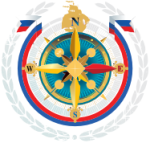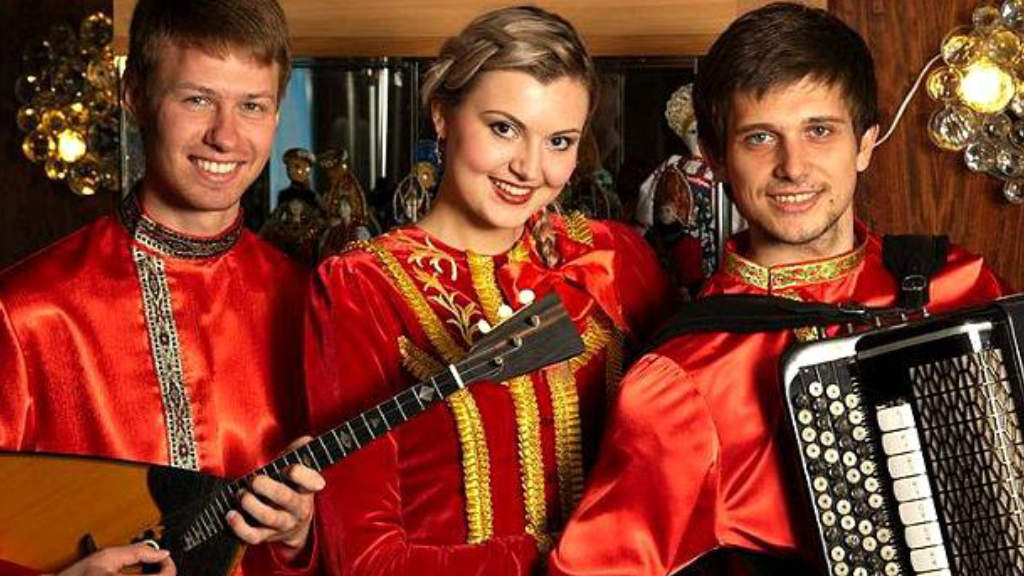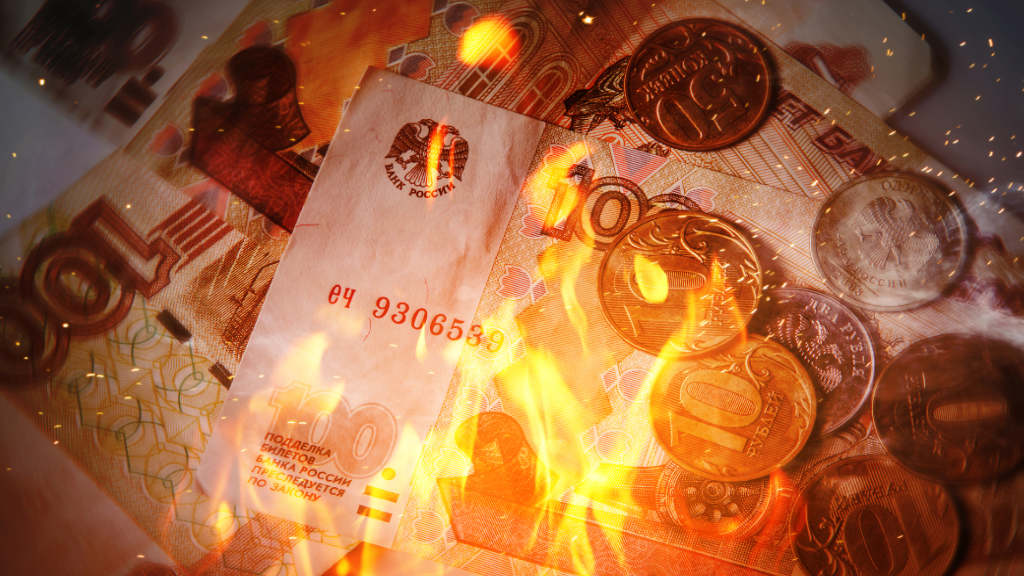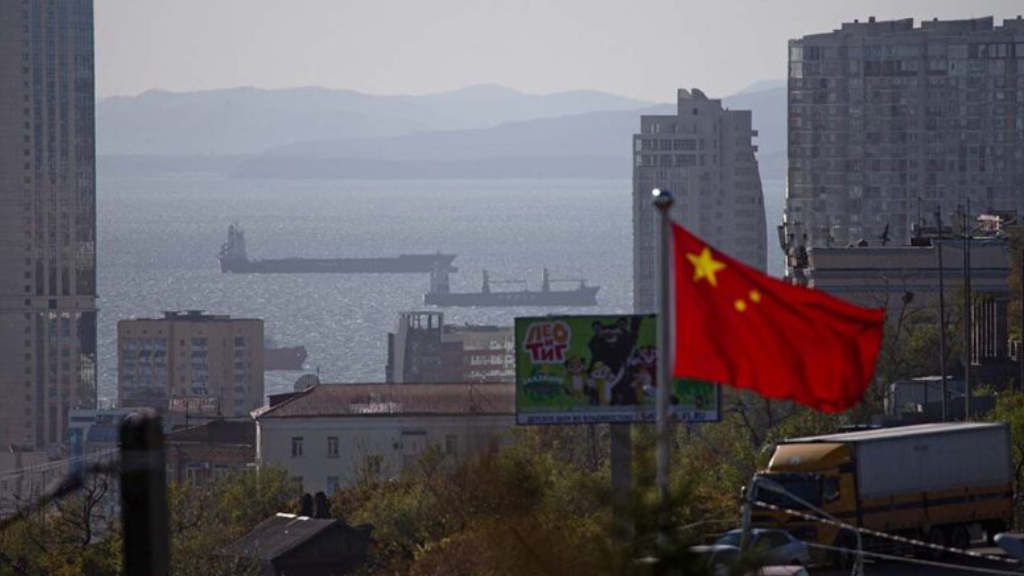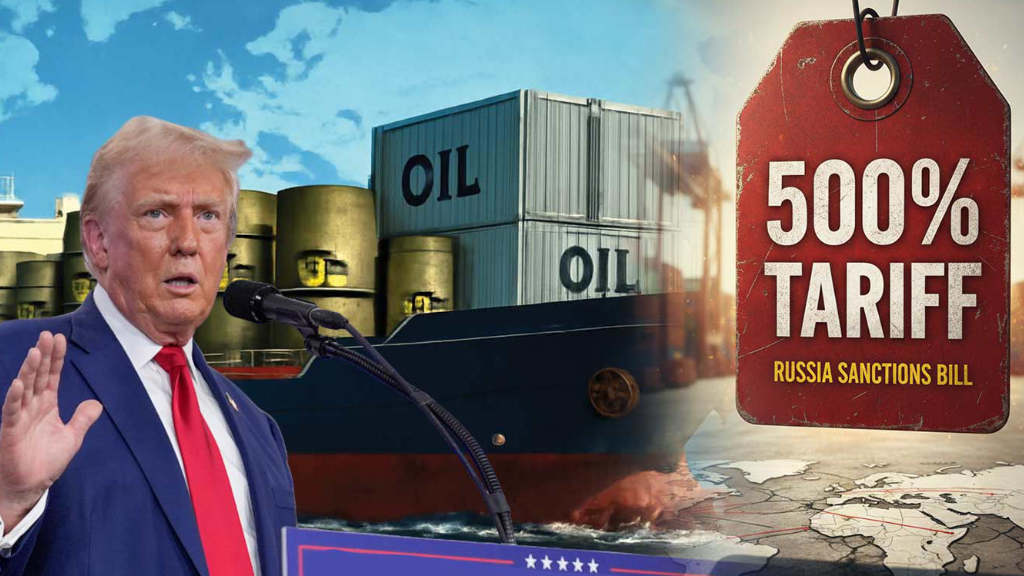As Russia has become estranged from Europe, and attitudes in both directions cool off, a pertinent social question to ask is what is a Russian national – and is that make-up changing? Because if so, this will have long term impacts on Russian consumer behaviour and societal trends – important issues for understanding what the Russian market actually is.
In terms of the basic demographics, Russia, with a population of about 145 million people, is the most populous country in Europe, and the ninth-most populous country in the world. But it isn’t quite so simple: 2/3 of Russia’s landmass is in Asia, with that Asian portion having a population of about 30 million. That would make it the 12th most populated country in Asia yet with the largest landmass. Yet it is this minority – the 30 million Russians living in Asian Russia – that may well be the key to determining Russia’s future social makeup and identity. Are Russians becoming Eurasian as opposed to European? There are several influencing factors that suggest this may be the case.
Russian, Not European
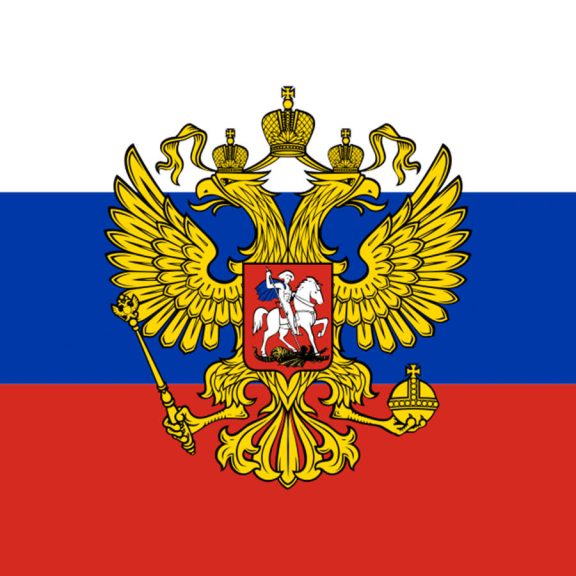
Europe has done an extremely effective job in alienating Russians, by using every opportunity to identify Russians as “Russians” rather than Europeans, even though Russia is Europe’s largest country. This then begs the question as what constitutes a European Russian as opposed to a European? Russian and European DNA show both similarities and differences, reflecting shared ancestry and regional variations. Genetic studies indicate that Russians are closely related to other Eastern and Northeastern European populations, including Finns, Poles, Belarusians, Ukrainians, and the Baltic peoples. However, Russians also display unique genetic features, reflecting their distinct history and interactions with neighbouring groups – mostly from the East. That is one reason the State flag displays a Double-Headed Eagle.
Yet such a basic determination that the Russians are somehow different from the Europeans is also flawed, as the question “What is a European?” also now shows distinct differences, with in the UK alone distinct groups of Scandinavian DNA (Scotland and Ireland) and German DNA (England). Going further south into Europe, elements of African, Turkic and Arabian DNA also appear. The obvious example is to compare a Finn with an Italian – they will look completely different. Yet these melting pots are diverging – Europe appears to be more insular, whereas it is Russian state policy to turn to the East.
There are political issues with Europe especially determining the Russians as distinct. Much of this has to do with sanctions, and the self-imposed ban on either investing in, welcoming, or engaging with anything to do with Russian culture as if it were somehow toxic. Businesses generating profits from their investments into Russia have been pilloried, while Russian artists – the living and even those long dead (such as Tchaikovsky) have had performances of their works cancelled. The general overview is aligned with Ukrainian President Zelensky’s view that the performances of such works “Glorify an invading state”, yet that in itself is a debatable issue when considering the reasons why that occurred. Whatever the motives, Europe has created a complete social barrier to the Russians, despite them being very closely linked in their DNA and cultures. Several European royal families have a few pints of Russian royal blood running through their veins.
How have the Russians themselves reacted to alienation from Europe? Largely, with disillusionment, and disappointment. Russian fashionistas began to destroy their expensive premium European accessories. Because Europe has closed its seaports, airports and most of the road connections with Russia, Russian tourists are now heading to alternative destinations, mainly in Asia but also to the Middle East, Latin America and Africa. For example, Russians have now replaced the British as the largest tourism sector visiting Sri Lanka – itself a previous British colony. Some, able to service their Russian clients online or work from any destination, are becoming Asian-based digital nomads. Inevitably, their personal consumer tastes and experiences are also changing.
Eurasian, And Russian
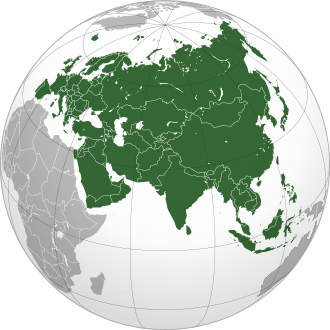
Russia’s makeup is also slowly changing, although the trends will probably accelerate. With a wry sense of humour, it is not unusual to see African students, resident in Russian Universities on their summer vacations, promoting chocolate products or similar items to earn some cash. Some will in turn gravitate to more appropriate casual labour, such as serving in restaurants or bars – and especially in their speak Russian. With Russia quite significantly increasing its student intake from Africa, this type of interaction will also influence the Russian makeup. It is likely to make the country less racist. After all, the revered Pushkin had Ethiopian royal blood running through his veins.
Another significant Russian domestic trend emanates from Central and South Asia. While Russia has long accepted seasonal (and some permanent) migrant workers from Central Asia – usually to help with the massive annual harvest – with Russia’s economy booming, there is a need not just for casual labour, but also in manufacturing. Russia’s unemployment rate is currently 2.3%, a record low. (Germany’s is 6%, and France 7%). That has created labour supply shortages and also contributes to inflation as competition pushes wages up. To cater for this, Russia is now actively mass recruiting skilled and semi-skilled workers from Central and South Asia. These involve significant G2G plans and large professional worker hiring programmes. Somewhat unknown in the West, substantial recruitment infrastructures exist in the Middle East and South Asia – the types of workers who were responsible for building the Oman World Cup 2022 infrastructure and are now engaged in Saudi Arabia’s own World Cup infrastructure and its flagship Neom project. Most of these are culled from the India subcontinent: India itself, Pakistan, Bangladesh and to a lesser extent Nepal and Myanmar. These represent combined populations of over 2 billion people, all of whom can earn more in Russia than they can back in their own country.
These migrants – some of whom may stay in Russia for decades while earning enough to support their families back home, send their children to University, and then retire relatively well – will all have an impact on what it means to be Russian. It should be remembered that most of the residents of the Indian subcontinent are Eurasian, not Asian. Significant parts of the culture are Persian.
A Return To Shambhala Thought?
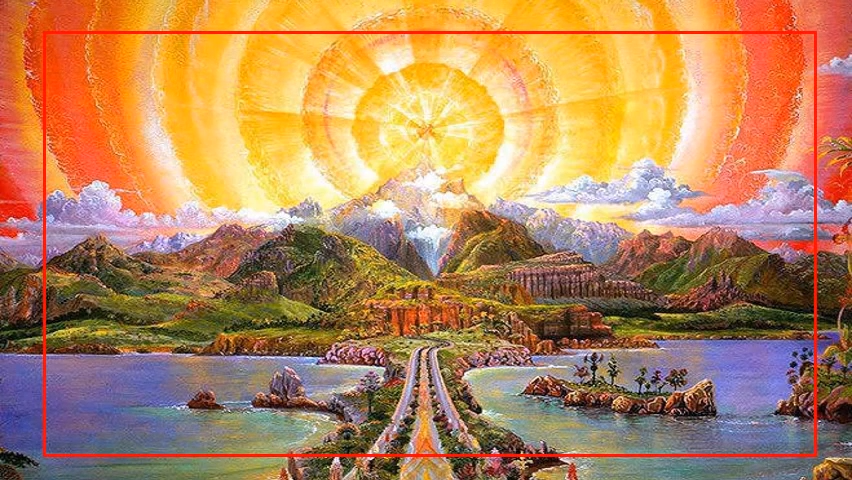
While an eventual rebound to Europe cannot be ruled out, a great deal of damage has already been done. As mentioned, there is a societal ambivalence that Russians now generally display towards Europe, a disillusionment, a regret, and a sense of betrayal. Europeans tend to promote themselves as being desirable, and a society to be looked up to, but an over-balancing in supporting minority rights (LGBTQ, Trans, etc) as opposed to the majority rights has additionally disenfranchised the more conservative Russians. Europe is perceived – in Russia – as being in decline, while European media commonly describes Russians as backward, even barbarians, and regularly libel its officials. That gap is not going to be closed anytime soon.
What this will means is a new search for the meaning of what it entails to be “Russian” is now underway. The Russian state is actively involved in this, with its embrace of its pivot to Asia as well as the welcoming of a ‘new world order’ – and especially with China.
This means that ‘being Russian’ will increasingly also equate to ‘being Eurasian’ as the most accurate way of describing the mix of component parts that make up the effective Russianness of society. There will be shifts in religious make up – Russia has just held the Russia-Islamic World Forum in Kazan, which was attended by numerous Islamic heads of state from both Africa and Asia. Russia is already used to this with its Central Asian neighbours also being Islamic – a path to secularism that Europe does not have – except for having internal problems with adjusting, it just does not have Islamic influences next door to allow it to properly engage, with the exception of Turkiye – whose attempts to join the European Union have been rebuffed since 1999.
Russia meanwhile is beginning to engage – cautiously – with Afghanistan. Countries such as Egypt are now key trade partners, while India is a founding member of BRICS.
While the Russian Orthodox Church will remain dominant, it should also be noted that part of its makeup also involves Eastern mysticism, long attractive to Russians, and most concentrated in the exploits of Nicholas Roerich, the Russian explorer and philosopher who managed to straddle both East and West. A striking part of his career was the ability to merge the two, in part by practical, useful observations and field work – he complied data analysing different plant species to explore drought-resistant and crop improvements from regional sources for example – as well as a type of hybrid mysticism that embraced God, yet placing Christ, the Buddha, Mohammed and other primary religious and spiritual leaders as part of the same overall font of wisdom – Shambhala, as Roerich and many other mystics termed it: the spiritual acceptance of hope, peace and compassion as the way ahead.
Russia today appears to be following the same exercise, pivoting away from Europe – and towards the East, in what could well become a contemporary societal shift towards a new internally derived Shamballa – and the rise of the Eurasian, not European Russian as the latest addition to a new global society.
Related Reading
